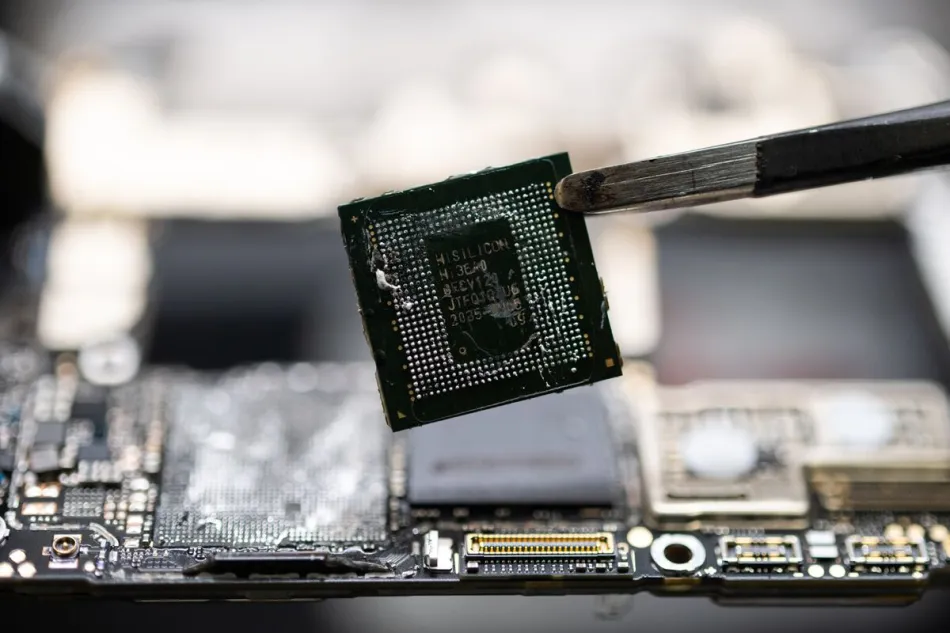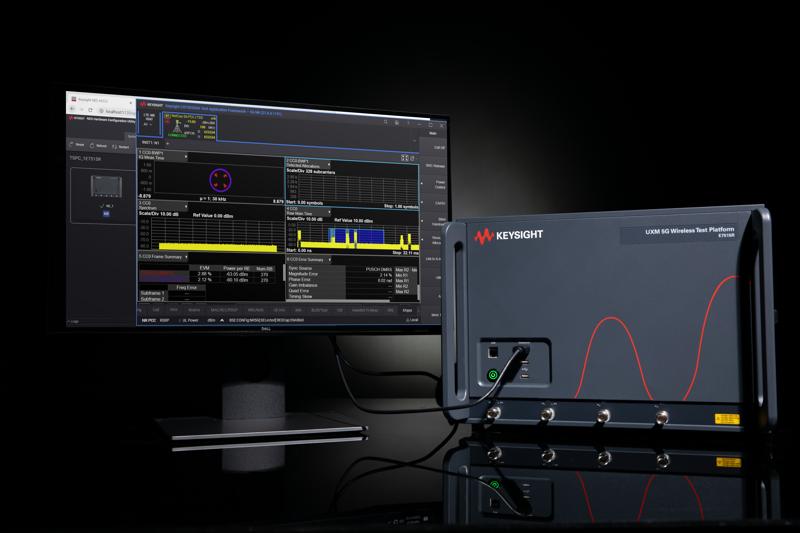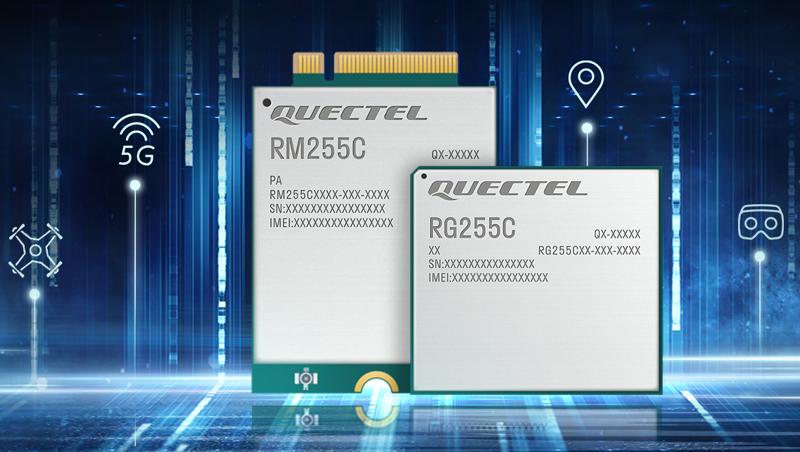
SK hynix's memory chips next in Huawei’s 5G phone saga
- 5G
- 2023-09-23 20:18:43
Last week’s relatively low-key launch of Huawei’ Mate 60 Pro 5G phone is still making waves for China’s breakthrough in cutting-edge semiconductor manufacturing technology with a 5G system-on-chip (SoC) produced on SMIC’s 7-nm process node. Especially, when SMIC doesn’t have access to extreme ultraviolet (EUV) lithography equipment.

Figure 1 Huawei’s Mate 60 Pro 5G phone is powered by the Kirin 9000s chip fabricated on SMIC’s 7-nm process node. Source: Bloomberg
While trade media has constantly been digging in for more details, social media in China is celebrating this breakthrough in semiconductor technology. According to Dan Hutcheson, vice-chair of TechInsights, nearly two-thirds of silicon in Huawei’s 5G phone is homegrown, and it’s a major advance.



The Ottawa, Canada-based TechInsights has been examining parts of Huawei’s Mate 60 Pro 5G phone since its launch in the first week of September. However, while the discovery of Huawei’s Kirin 9000s 5G chip manufactured at SMIC’s 7-nm process node was initially making rounds in trade media, there was another surprise in store.
The next saga
Soon after uncovering the SMIC-made 7-nm SoC in Huawei’s Mate 60 Pro 5G phone, TechInsights discovered the presence of SK hynix’s 12 GB LPDDR5 chip and 512 GB NAND flash chip inside the handset. In fact, some early users of the 5G phone also posted videos of the phone containing NAND flash memory chips manufactured by the Icheon, South Korea-based SK hynix.
SK hynix immediately responded that the company abides by the U.S. government’s export restrictions and no longer does business with Huawei. It also announced that it’s starting an investigation to find more details.

Figure 2 TechInsights’ teardown shows that Huawei’s Mate 60 Pro phone has used SK hynix’s LPDDR5 and NAND flash memory chips. Source: Bloomberg
It’s plausible that Huawei purchased the memory chips from the secondary markets. Industry insiders even don’t rule out the possibility that Huawei might have stockpiled memory chips just before the U.S. export curbs kicked in.
Huawei’s smartphone business was disrupted back in 2019 when the United States began restrictions on technology exports to the Shenzhen, China-based tech giant for the risk of chip technology being diverted for military end-use. Now, when the world is wondering where these memory chips came from, there are also jitters about Huawei’s ability to produce a 5G phone with mostly China-made components.
Double-edge sword
Huawei’s 5G smartphone saga cuts both ways. On one hand, Huawei’s ability to produce a 7-nm SoC in collaboration with SMIC has demonstrated sound technical progress without SMIC having access to EUV lithography tools. In fact, there is talk about SMIC having violated the U.S. sanctions by supplying the 7-nm manufacturing technology to Huawei.
On the other hand, there is a reckoning about China’s tech self-sufficiency, which could potentially impact the commercial interests of the U.S. companies. Especially when U.S. semiconductor houses like Qualcomm and Nvidia have been arguing for fewer sanctions to tame China’s motivation for semiconductor technology breakthroughs.
TechInsights’ Hutcheson notes that China has been able to stay 2-2.5 nodes behind the leading fabs like TSMC and Samsung. But he also reminded that people thought China would be stopped at the 14 nm process node.
In a Reuters story, Hutcheson also talked about SMIC’s 7-nm process yield, which is considered below 50% by some research firms compared to the industry norm of 90% or more. In his view, “above 50%” is reasonable because Huawei’s 5G chip has been manufactured in a cleaner fashion. He thinks it’s far more competent than the 7-nm chip SMIC produced for a Bitcoin miner last year.
For now, it’s benefitting Huawei as its new 5G phones are enjoying a brisk sale in China, and it’s winning accolades on Chinese social media. But will it be able to compete with 5G phones built around the 3-nm SoCs manufactured in TSMC and Samsung fabs? Time will tell.
Related Content
U.S.-China Crisis: Fallout for Chip IndustryU.S. Ban on Huawei Seen Widening China Chip WarThe truth about SMIC’s 7-nm chip fabrication ordealHuawei, Qualcomm, Samsung Reveal Integrated 5G ChipsSMIC at 7-nm semiconductor process node: A Shanghai surprise?SK hynix's memory chips next in Huawei’s 5G phone saga由Voice of the Engineer5GColumn releasethank you for your recognition of Voice of the Engineer and for our original works As well as the favor of the article, you are very welcome to share it on your personal website or circle of friends, but please indicate the source of the article when reprinting it.“SK hynix's memory chips next in Huawei’s 5G phone saga”









